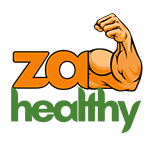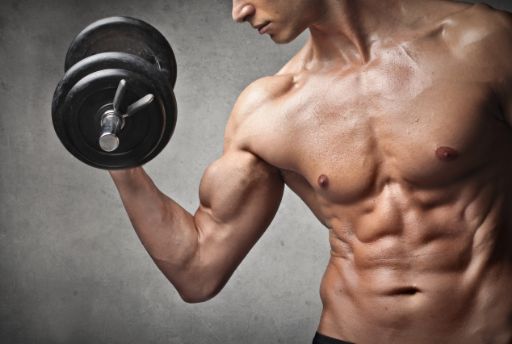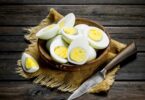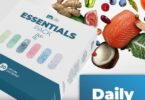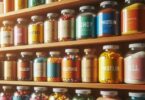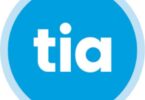Building muscle is a goal that many fitness enthusiasts aspire to achieve. To maximize muscle growth, it’s essential to focus not only on your workouts but also on your nutrition. In this comprehensive guide, we’ll explore various aspects of muscle-gain nutrition, including protein requirements, muscle-building diets, and the bulking and cutting phases. Additionally, we’ll address specific topics like the carnivore diet, foods to avoid, pre-workout meals, clean bulk meal plans, muscle-building foods for skinny individuals, high-protein snacks, carb consumption for muscle gain, and a 30-day muscle-building diet plan.
Can You Build Muscle on a Carnivore Diet ?
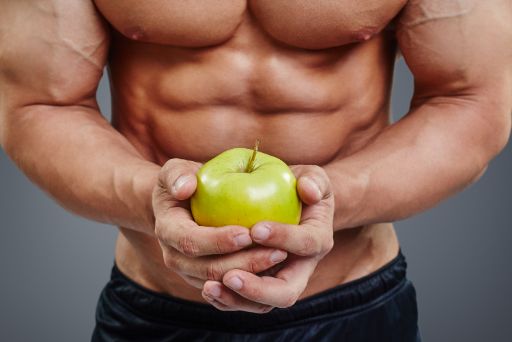
What Is the Carnivore Diet?
The carnivore diet is a type of diet that involves eating only animal products, such as meat, fish, eggs, and dairy. It excludes all plant foods, such as fruits, vegetables, grains, legumes, nuts, and seeds. The carnivore diet is based on the idea that humans are designed to eat like their ancestors, who mainly hunted and ate animals. Some people claim that the carnivore diet can provide various health benefits, such as weight loss, improved digestion, reduced inflammation, enhanced mental clarity, and increased energy.
However, the carnivore diet is also very controversial and has many potential risks and drawbacks. Some of the challenges and dangers of the carnivore diet are:
- Nutrient deficiencies: The carnivore diet may lack some essential nutrients that are found in plant foods, such as vitamin C, vitamin K, folate, fiber, antioxidants, and phytochemicals. These nutrients are important for preventing scurvy, bleeding disorders, anaemia, constipation, oxidative stress, and chronic diseases.
- High cholesterol and saturated fat intake: The carnivore diet is very high in cholesterol and saturated fat, which may increase the risk of cardiovascular diseases, such as heart attack and stroke. Some studies have shown that eating too much red meat and processed meat can raise blood pressure, cholesterol levels, and inflammation markers.
- Lack of variety and enjoyment: The carnivore diet is very restrictive and monotonous, which may lead to boredom, cravings, social isolation, and disordered eating. Eating only animal products can also limit the enjoyment of food and the diversity of flavours, textures, colours, and cuisines.
Building Muscle on a Carnivore Diet
If you want to build muscle on a carnivore diet, you need to consider some factors and tips. Building muscle requires not only eating enough protein but also consuming enough calories, carbs, fats, and micronutrients. Some of the guidelines and recommendations for building muscle on a carnivore diet are:
- Eat enough calories: To build muscle mass, you need to eat more calories than you burn. This can be challenging on a carnivore diet because animal products tend to be more filling and less calorie-dense than plant foods. You may need to eat more frequently or add more fat sources to your meals to meet your calorie needs.
- Eat enough protein: Protein is the main building block of muscle tissue and is essential for muscle growth and repair. A carnivore diet is naturally high in protein but you still need to make sure that you eat enough quality protein from different animal sources. Aim for at least 1.6 grams of protein per kilogram of body weight per day.
- Eat some carbs: Carbs are not necessary for muscle building but they can help with energy levels, workout performance, recovery time, and hormone balance. On a carnivore diet, your carb intake will be very low which may affect your muscle growth. You may want to include some carb sources that are compatible with a carnivore diet such as goat yoghurt honey or sweet potatoes (although the latter is not strictly carnivore-approved).
- Eat a variety of animal products: A carnivore diet may lack some micronutrients that are important for muscle building such as vitamin C vitamin D magnesium zinc and iron. You need to eat a variety of animal products such as organ meats seafood eggs and dairy to avoid deficiencies. You may also need to supplement with a multivitamin or other supplements if necessary.
To summarize a carnivore diet can be effective for building muscle mass if you follow some guidelines and tips. You need to eat enough calories and protein from animal sources add some carbs and fats to your diet if needed and ensure that you get all the essential micronutrients for optimal health and performance. However, you should also be aware of the potential risks and challenges of the carnivore diet and consult with your doctor before starting it.
Foods to Avoid When Building Muscle
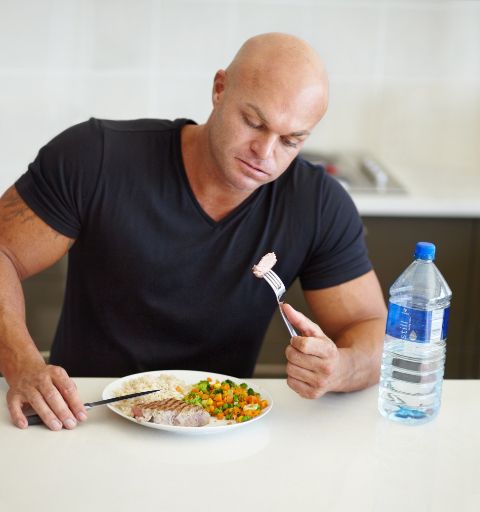
If you want to build muscle, you need to eat foods that support your muscle growth and provide you with enough energy and nutrients. However, some foods can hinder your progress and even harm your health. Here are some foods that you should avoid when building muscle:
- Alcohol: Alcohol can reduce your muscle protein synthesis, which is the process of building new muscle tissue. It can also impair your digestion and absorption of nutrients, which are essential for muscle growth. Alcohol can also dehydrate you and affect your sleep quality, both of which can negatively impact your recovery and performance.
- Sugary foods: Foods that are high in added sugars, such as candies, cakes, sodas, and sports drinks, can spike your blood sugar and insulin levels, which can lead to fat gain and inflammation. These foods also provide empty calories and little to no nutrients, which can compromise your muscle growth and overall health.
- Soy protein: Soy protein is a plant-based protein that is often used as a meat alternative by vegans and vegetarians. However, soy protein may not be as effective as animal-based protein in stimulating muscle protein synthesis. Soy protein also contains phytoestrogens, which are compounds that can mimic the effects of estrogen in the body. This may interfere with your hormone balance and affect your muscle growth.
- Low-carb foods: Carbohydrates are an important source of energy for your muscles and your workouts. They can also help with your recovery and hormone balance. Low-carb foods, such as konjac noodles, zucchini noodles, cauliflower rice, and lettuce buns, may not provide enough carbs to fuel your muscle growth. You may want to include some healthy carb sources in your diet, such as whole grains, fruits, potatoes, and oats.
- Processed meats: Processed meats, such as bacon, ham, sausages, and hot dogs, are high in sodium, saturated fat, nitrates, and preservatives. These substances can increase your blood pressure, cholesterol levels, inflammation, and oxidative stress. They can also increase your risk of cardiovascular diseases and some cancers. Processed meats are also low in quality protein and nutrients compared to lean meats.
These are some examples of foods that you should avoid when building muscle. Of course, you don’t have to eliminate them completely from your diet, but you should limit them as much as possible and choose healthier alternatives instead. Remember that nutrition is a key factor for your muscle building success.
Pre Workout Meal for Muscle Gain
Importance of Pre Workout Nutrition

A pre-workout meal for muscle gain is a meal that provides enough calories, protein, carbs, and micronutrients to support your training and muscle growth. Ideally, you should eat this meal 1 to 2 hours before your workout to allow for digestion and absorption of the nutrients. Some examples of pre-workout meals for muscle gain are:
- Egg whites and whole grain bread: Egg whites are a quick-digesting source of protein that can stimulate muscle protein synthesis. Whole grain bread is a medium-digesting source of carbs that can provide energy and prevent muscle breakdown.
- Low-fat milk and oatmeal: Low-fat milk is a rich source of protein that contains both whey and casein, which can enhance muscle growth and recovery. Oatmeal is a complex carb that can provide sustained energy and fiber.
- Nonfat Greek yoghurt and fruits: Nonfat Greek yoghurt is a high-protein dairy product that can boost muscle anabolism. Fruits are simple carbs that can provide quick energy and antioxidants.
- Chicken breast and rice: Chicken breast is a lean source of protein that can supply essential amino acids for muscle building. Rice is a high-carb food that can replenish glycogen stores and improve performance.
- Whey protein shake and banana: Whey protein is a fast-absorbing protein that can increase muscle protein synthesis and blood flow to the muscles. Banana is a high-potassium fruit that can prevent cramps and fatigue.
These are some examples of pre-workout meals for muscle gain. You can adjust the portion sizes and ingredients according to your preferences, goals, and calorie needs. Remember to also drink enough water before, during, and after your workout to stay hydrated and prevent
Clean Bulk Meal Plan
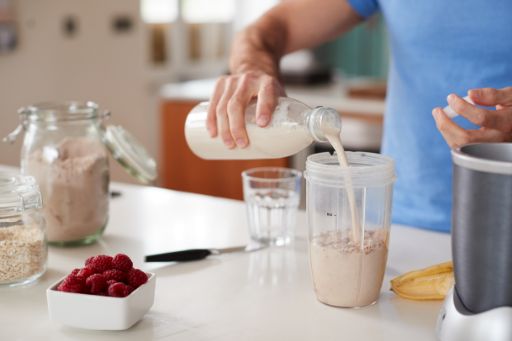
What Is Clean Bulking?
- Clean bulking is an eating pattern that provides a controlled calorie surplus to build muscle and strength while preventing excess fat gains. This method is often utilized by athletes who can’t afford to gain too much fat when attempting to grow muscle.
- A clean bulk meal plan typically includes lean protein sources such as chicken, turkey, fish, and tofu, as well as complex carbohydrates like brown rice, quinoa, and sweet potatoes. Healthy fats from sources like nuts, seeds, and avocado are also included to provide energy and support muscle growth.
- Here is an example of a clean bulk meal plan for a person who needs 3,000 calories per day:
- Breakfast: 4 scrambled eggs with cheese and spinach, 2 slices of whole wheat toast with butter, 1 cup of oatmeal with milk and berries.
- Snack: Whey protein shake with banana and peanut butter.
- Lunch: Grilled chicken breast with brown rice and broccoli, mixed green salad with olive oil and vinegar dressing.
- Snack: Greek yoghurt with granola and honey.
- Dinner: Salmon fillet with quinoa and asparagus, roasted sweet potato wedges.
- Snack: Cottage cheese with almonds and dried fruits.
- This meal plan provides about 300 grams of protein, 300 grams of carbs, and 67 grams of fat, which is roughly a 40/40/20 ratio of macros. You can adjust the portion sizes and ingredients according to your preferences, goals, and calorie needs. Remember to also drink enough water before, during, and after your workout to stay hydrated and prevent dehydration.
Bulking and Cutting Phases

Bulking phases and cutting phases are common strategies used by bodybuilders and athletes to manipulate their body composition and performance. Bulking is a phase of eating more calories than you burn, with the goal of gaining muscle mass and strength. Cutting is a phase of eating fewer calories than you burn, with the goal of losing body fat and maintaining muscle mass. Here are some key points about the bulking and cutting phases:
- Bulking and cutting phases are not necessary for everyone. Some people may prefer to use a body recomposition approach, where they slowly build muscle and lose fat at the same time.
- Bulking and cutting phases should be planned according to your goals, starting point, and preferences. Generally, bulking phases should last between 8 and 16 weeks, while cutting phases should last between 4 and 12 weeks.
- Bulking and cutting phases require different nutritional and training strategies. When bulking, you should eat a moderate protein intake (0.7–1 gram per pound of body weight or 1.6–2.2 grams per kg), a high carb intake (to fuel your workouts and muscle growth), and a moderate fat intake (to support hormonal balance). When cutting, you should eat a high protein intake (1–1.5 grams per pound of body weight or 2.2–3.3 grams per kg), a low to moderate carb intake (to create a calorie deficit and preserve muscle mass), and a low fat intake (to reduce calories).
- Bulking and cutting phases should be monitored and adjusted as needed. You should track your weight, body fat percentage, strength, performance, and appearance regularly to assess your progress and make changes if necessary. A good rule of thumb is to aim for a weight gain of 0.5–1% of your body weight per month when bulking, and a weight loss of 0.5–1% of your body weight per week when cutting.
Bulking and cutting phases can be effective ways to improve your physique and performance, but they also come with some challenges and risks. You should always consult with your doctor before starting any diet or exercise program, especially if you have any medical conditions or concerns.
Muscle Building Foods for Skinny Guys
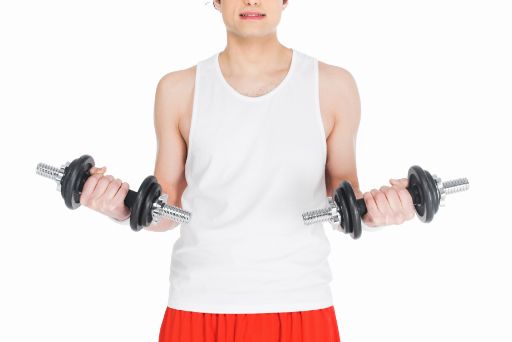
Challenges for Skinny Individuals
Skinny individuals often struggle to gain muscle due to a fast metabolism and difficulty consuming enough calories. To overcome these challenges, focus on calorie-dense, nutrient-rich foods, including:
- Lean Proteins: Chicken, turkey, lean beef, and fish.
- Complex Carbohydrates: Brown rice, quinoa, sweet potatoes, and whole-grain bread.
- Healthy Fats: Avocado, nuts, seeds, and olive oil.
- Dairy: Greek yogurt, milk, and cheese.
- Protein Shakes: Supplement with protein shakes to meet daily protein requirements.
High Protein Snacks for Muscle Gain

The Importance of Protein Snacks
High protein snacks can help you meet your daily protein intake and support muscle recovery between meals. Here are some high protein snack ideas:
- Greek Yogurt: Rich in protein and probiotics.
- Hard-Boiled Eggs: A portable, protein-packed snack.
- Cottage Cheese: A great source of casein protein.
- Protein Bars: Choose bars with minimal added sugars and high protein content.
- Jerky: Lean beef or turkey jerky provides a protein boost.
Carbs for Muscle Gain
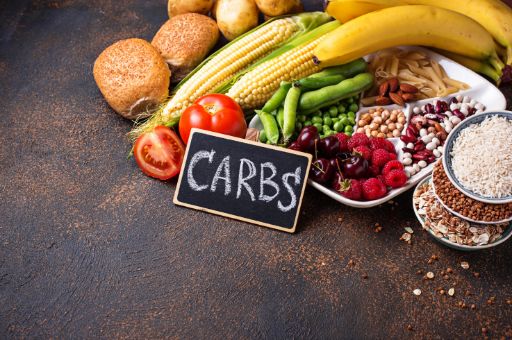
The Role of Carbohydrates
Carbohydrates are crucial for muscle gain as they provide energy for workouts and help spare protein for muscle repair and growth. Opt for complex carbohydrates like whole grains, fruits, and vegetables. Here’s a simple carbs for muscle gain guideline:
- Pre-Workout: Consume a carb-rich meal 1-2 hours before your workout to fuel your training.
- Post-Workout: After your workout, have a meal that includes both protein and carbohydrates to aid recovery.
30 Day Muscle Building Diet Plan
A Month of Muscle Building
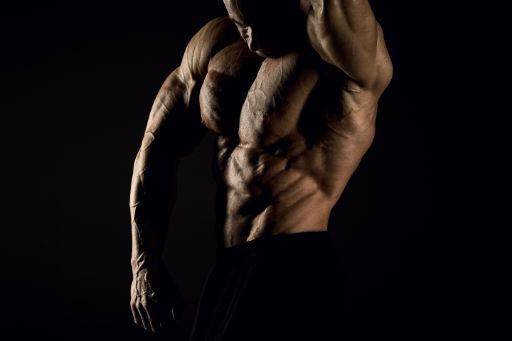
If you’re looking for a structured plan to kickstart your muscle-building journey, here’s a 30-day diet plan to guide you:
Day 1:
- Breakfast: Scrambled eggs with spinach and whole-grain toast.
- Snack: Greek yoghurt with berries.
- Lunch: Grilled chicken salad with mixed greens and balsamic vinaigrette.
- Snack: Almonds and an apple.
- Dinner: Baked salmon with quinoa and steamed broccoli.
Day 2-30:
Repeat variations of the above meals while incorporating different protein sources, vegetables, and whole grains for variety.
Remember to adjust portion sizes based on your calorie and macronutrient requirements. Also, stay hydrated throughout the day by drinking plenty of water.
In conclusion, building muscle requires a comprehensive approach that includes the right balance of nutrients, proper meal timing, and an effective workout regimen. Whether you choose to follow a carnivore diet, clean bulk, or a traditional muscle-building plan, focus on consistency and dedication to reach your muscle-gain goals. Always consult with a healthcare provider or nutrition expert before making significant changes to your diet or exercise routine to ensure it’s tailored to your individual needs and goals.
